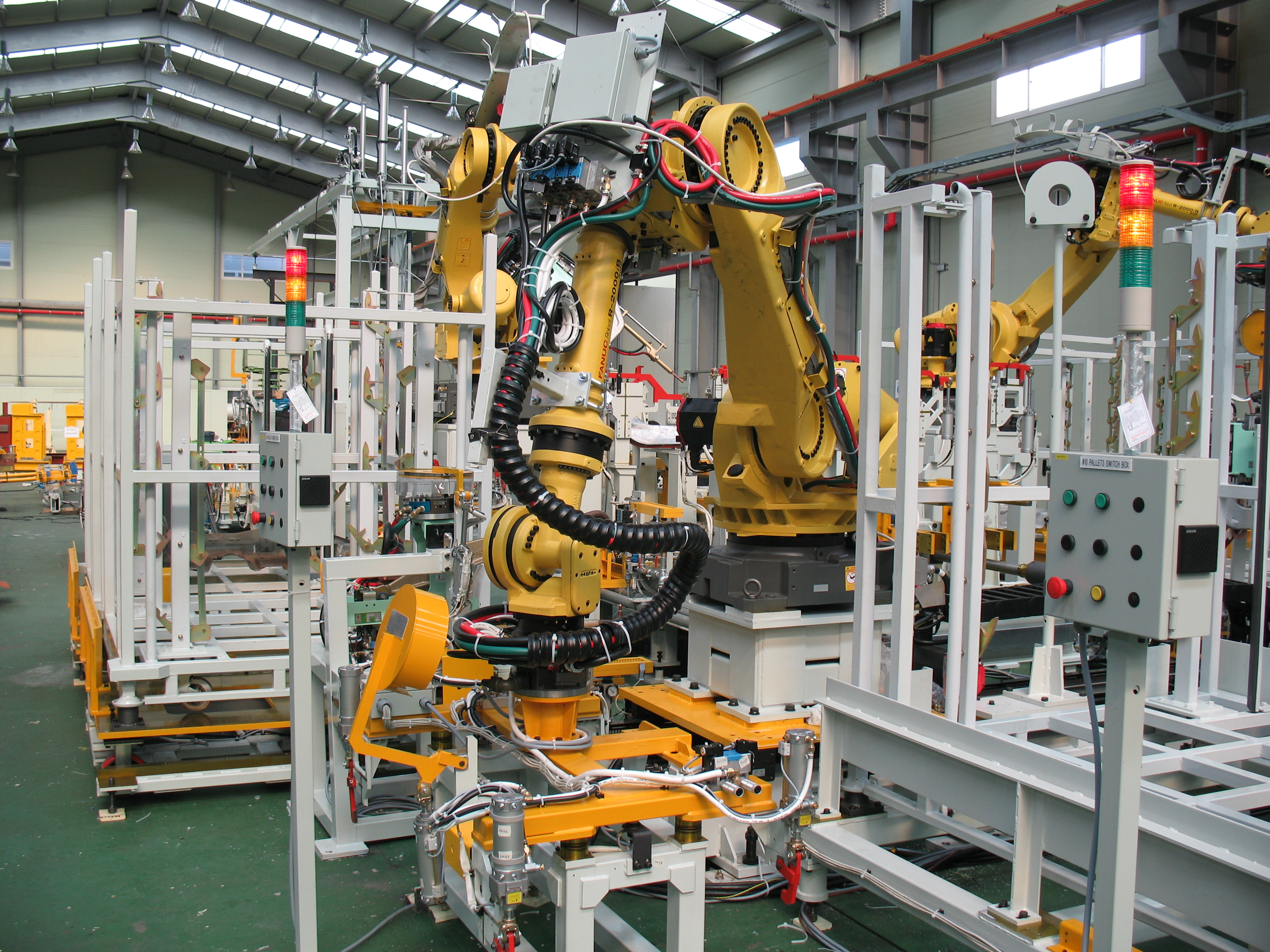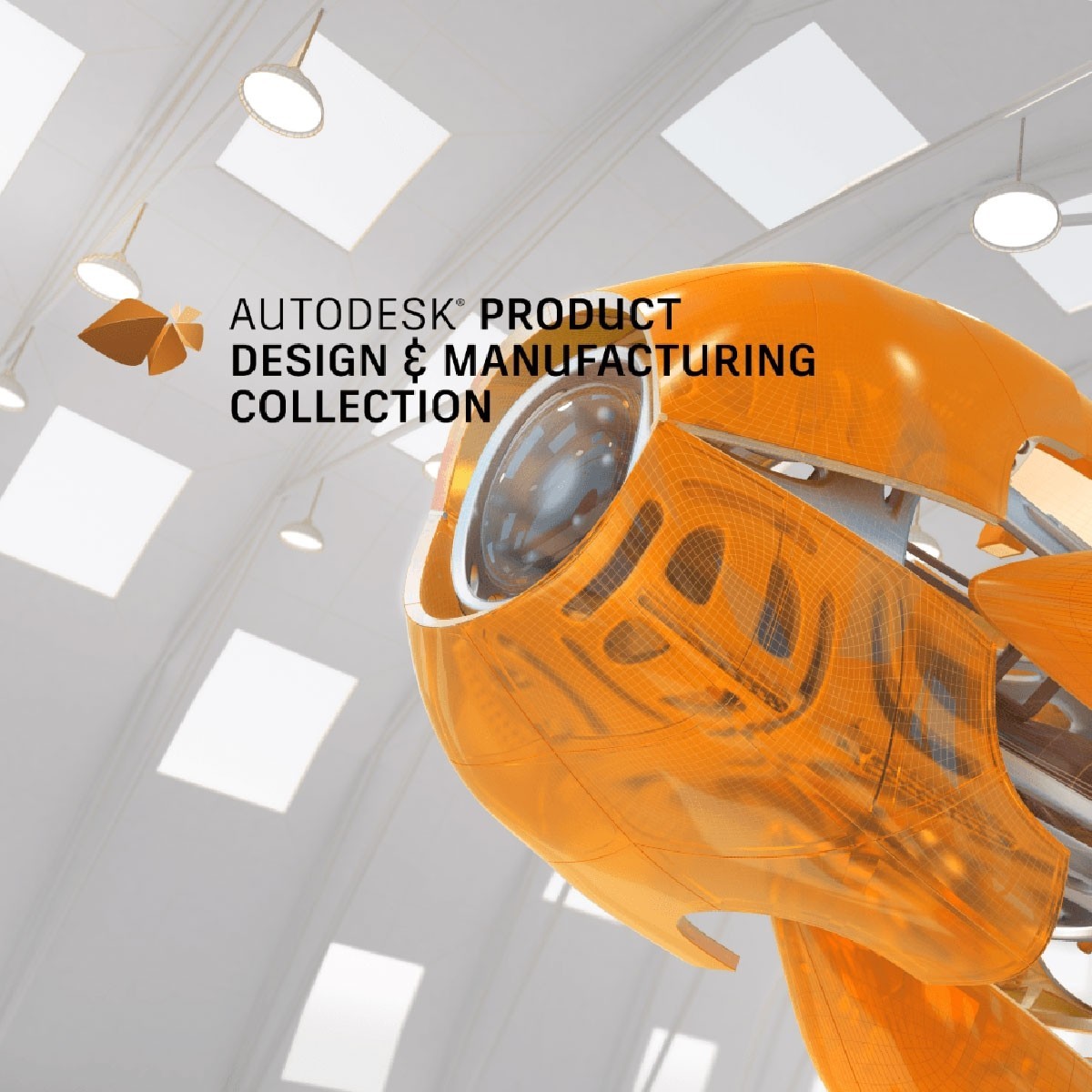Table Of Content

But if you're reading the essay without a clear understanding of intent, you might go back and forth with corrections before you come up with a finished copy. Using non-customized modules/modular assemblies in your design allows you to modify the product without losing its overall functionality. A simple example is a basic automobile that allows you to add in extras by putting in a modular upgrade. The working environment of the product plays an important role in the DFM process. The environment consists of characteristics like mechanical loads (static and dynamic), temperature, humidity, chemical exposure, and electric/magnetic interference. This section explores the key objectives of DFM analysis from a business perspective.
Testing with DFM Principals
DFM reduces the requirement for expensive production changes by preventing errors and discrepancies through early resolution of manufacturability concerns. The goal of design for manufacturing (DFM) is to optimize a product’s design to save costs, improve efficiency, and streamline the manufacturing process. It entails taking production capabilities and limitations into account from the very beginning of the design process to ensure that the product can be manufactured effectively and inexpensively. Design for Manufacturing or Design for Manufacturability (DFM) is the optimisation of a part, product, or component’s design, to create it cheaper and more easily. DFM involves efficiently designing or engineering an object, generally during the product design stage, when it is easier and less expensive to do so, to reduce manufacturing costs.
What is Design for Manufacturability?
The key to a successful DFM methodology deployment is using a comprehensive strategy that combines material science, industrial knowledge and design optimization throughout the entire design phase. Patients with burn injuries can now have artificial skin printed using 3D technology for transplantation. 3D printing also has the potential to expedite the development of pharmaceuticals and enable on-demand production.
Disadvantages of DfMA
If that’s the case, then you want to make sure you are adhering to the best design practices possible. There is a huge variety of materials available for manufacturing products, creating a strong opportunity to optimize material selection. For example, an electronics enclosure can be manufactured using multiple techniques including machining, injection molding, and 3D printing. The DFM experts weigh the pros and cons of each process in light of the design and suggest the most viable one to the design and production teams. By further integrating DFM with Industry 4.0 technology, we'll continue to see transformations in manufacturing processes.
In contrast to a data spreadsheet, you can see the interplay of how one activity affects another. Simulation and virtual reality technology being used in healthcare to enhance patient experiences and improve product training. This course will include information on how DFM+A fits in with QFD, concurrent engineering, robust engineering, and other disciplines. In addition, there will be a brief demonstration of computer software tools, which simplify the DFM+A analysis.
Autodesk Fusion's Advanced Design & Manufacturing Capabilities - Fusion Blog - Autodesk Redshift
Autodesk Fusion's Advanced Design & Manufacturing Capabilities - Fusion Blog.
Posted: Fri, 29 Mar 2024 07:00:00 GMT [source]
Design For Manufacturing: Principles, Objectives, and Uses
Your goal is to prototype and test the design to validate the function and performance. Get into production faster with Teamcenter manufacturing process planning and data management. Collaborate instantly and securely to optimize part production and assembly operations. Design for manufacturing and assembly (DFMA), is an engineering methodology that focuses on simplifying the design of a product to improve ease of manufacture and efficiency of assembly.

Designing medical devices with smooth, easy-to-clean surfaces to meet hygiene requirements.Ensuring ergonomic designs for user-friendly and efficient operation by medical professionals. Each component in the product must be able to perform in these conditions. The IoT, AI and ML are just a few of the new technologies that will propel DFM into the future and bring about Industry 4.0 practices.
We can support your team with DFM methodologies to help your business thrive. Do you need a cross-functional DFM team or just one expert to fill in a gap? Tap into our design engineers, manufacturing engineers, project managers, and quality experts. We also can provide tooling and equipment specialists, automation consultants, machine designers, and data management specialists. The team identifies potential manufacturing challenges, analyzes costs, checks quality, and suggests design improvements. Your goal is to manage the tolerances in the design to ensure components fit together correctly.
How does DFM affect product quality?
They also make each and every piece in their own Sunset Park, Brooklyn, workshop. Yet another veteran of Site Unseen, Voggegut/Kraft's sculptural furniture designs are as hefty in size as they are in forethought. And now, some of her items of furniture are available at Urban Outfitters. To succeed, businesses need to move away from siloed knowledge of their products and processes toward collective intelligence to make better design decisions. 3D printing technology simplifies the creation of prototypes, so designers can have high-fidelity, functional parts within hours at a fraction of the cost of a traditional prototype. Watch our webinar to learn how engineers at Formlabs used desktop 3D printers in production, from prototyping for manufacturability to printing functioning end-use parts used on the line.
The traditional mindset of using wood, steel and aluminum in the architecture and construction sectors is fast being replaced with the use of new,... Organizational culture and leadership play a crucial role in the successful implementation of DFM. Companies with a culture that values collaboration and continuous improvement are more likely to implement DFM successfully.
This can happen when DFM teams use methods like topology optimization to suggest weight reduction or a change in the preferred manufacturing technique. Now that we have a high-level overview of design for manufacturing, let us get into the nitty-gritty details of it from an engineering point of view. A central element of DFM analysis is to identify all areas of waste and optimize the process to eliminate as much of it as possible. Design for manufacturing plays an important role during the designing phase of the product, this is when essential production-related aspects of the product are defined.

No comments:
Post a Comment